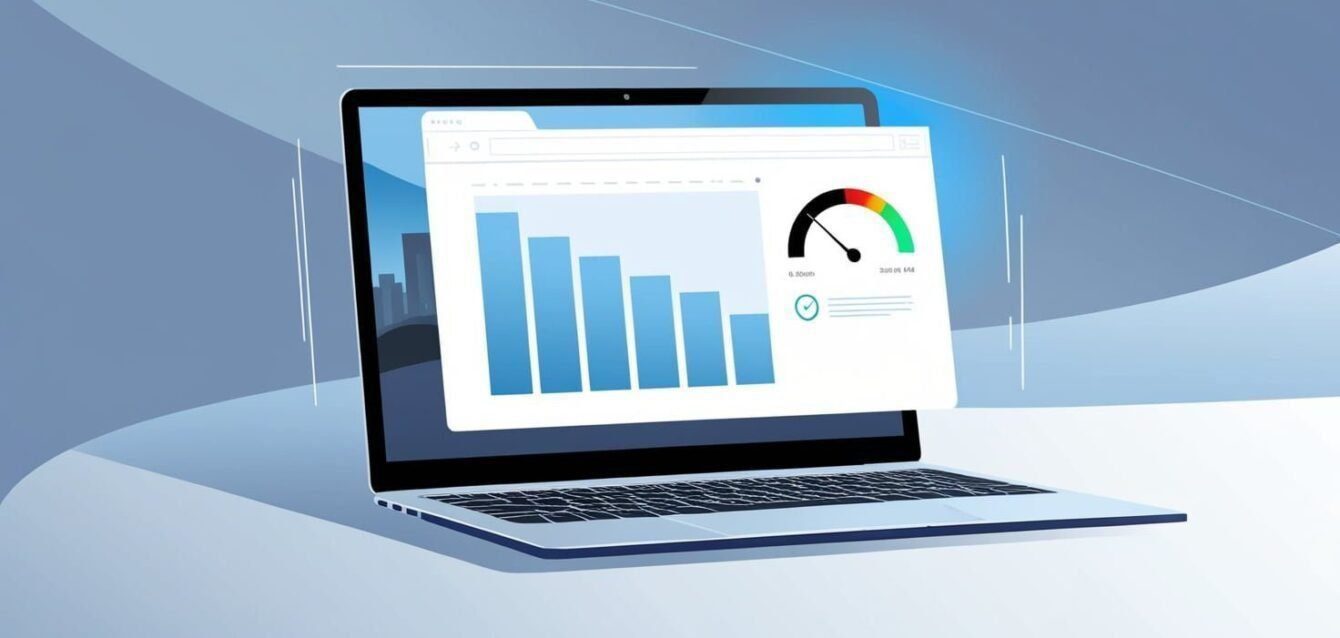
Improving your site’s loading speed is crucial for enhancing user experience and boosting your search engine rankings. Here are some effective strategies to help you achieve faster load times:
Why is my site slow?
Several factors can slow down your site, including large image files, excessive use of plugins, outdated scripts, and poor server performance. Identifying these issues is the first step to improving your site’s speed.
Optimize Images
- Compress Images: Use tools like TinyPNG, JPEG-Optimizer, or ImageOptim to reduce the file size of images without compromising quality.
- Use Appropriate Formats: Choose the right image format for each use case. For example, use JPEG for photographs and PNG for images with transparency.
- Implement Lazy Loading: Delay the loading of images that are not immediately visible on the screen using lazy loading techniques. This way, images only load as the user scrolls down the page.
Leverage Browser Caching
- Set Expiry Headers: Configure your server to set expiry dates for static resources (e.g., images, CSS, JavaScript files). This tells the browser to cache these resources and reduce the need for repeated downloads.
- Use .htaccess File: On Apache servers, you can configure caching rules in the .htaccess file to specify how long resources should be cached by browsers.
Minimize CSS and JavaScript Files
- Minify Files: Remove unnecessary characters (like spaces and comments) from your CSS and JavaScript files using tools like CSSNano and UglifyJS. This reduces the file size and speeds up loading times.
- Combine Files: Reduce the number of HTTP requests by combining multiple CSS and JavaScript files into one. This can be done manually or using build tools like Gulp or Webpack.
Enable Compression
- Gzip Compression: Enable Gzip compression on your server to reduce the size of HTML, CSS, and JavaScript files before sending them to the browser. Most modern browsers can automatically decompress these files, resulting in faster load times.
- Brotli Compression: If supported by your server, Brotli compression can provide even better compression rates than Gzip, leading to faster load times.
Use a Content Delivery Network (CDN)
- Distribute Content Globally: CDNs store copies of your website’s static assets on servers around the world. This ensures that users download content from a server geographically closer to them, reducing latency.
- CDN Providers: Popular CDN providers include Cloudflare, Akamai, and Amazon CloudFront. Implementing a CDN can significantly improve load times for users across different regions.
Optimize Server Response Time
- Upgrade Hosting Plan: If your current hosting plan is underperforming, consider upgrading to a more robust plan or switching to a different hosting provider that offers better performance.
- Use a Fast Web Server: Consider using web servers known for their speed, such as Nginx or LiteSpeed, which can handle higher traffic loads more efficiently than traditional Apache servers.
Reduce Redirects
- Limit Redirect Chains: Each redirect increases page load time. Ensure that there are no unnecessary redirects and avoid redirect chains (i.e., multiple redirects in a row).
- Direct Links: Use direct links to the final destination instead of relying on redirects whenever possible.
Prioritize Above-the-Fold Content
- Critical CSS: Load only the CSS necessary for above-the-fold content first, deferring non-critical CSS to load later. This ensures that the visible portion of the page loads quickly.
- Inline Critical CSS: For critical CSS, consider inlining it directly into the HTML document to reduce the number of HTTP requests.
Reduce Server Requests
- Combine Files: As mentioned earlier, combine multiple CSS and JavaScript files into one to reduce the number of HTTP requests.
- Use Sprites: Combine multiple small images (e.g., icons) into a single image sprite and use CSS to display the appropriate part of the image. This reduces the number of image requests.
Optimize Database Queries
- Efficient Queries: Optimize your database queries to ensure they are as efficient as possible. Use indexes and avoid complex queries that can slow down database performance.
- Cache Database Results: Implement caching mechanisms to store the results of frequent database queries, reducing the need to query the database repeatedly.
Monitor and Test Regularly
- Performance Monitoring Tools: Use tools like Google PageSpeed Insights, GTmetrix, and Pingdom to regularly test your site’s speed and identify areas for improvement.
- Regular Audits: Conduct regular performance audits to ensure your site continues to perform well and make adjustments as needed.
What are browser caching and its benefits?
- Enable Browser Caching: Browser caching stores static files on a visitor’s browser, so they don’t have to be downloaded again on subsequent visits. This significantly reduces load times for returning visitors.
- Set Expiration Dates: Set expiration dates for your cached files. This tells the browser how long to store the files before downloading them again.
- Use Cache-Control Headers: Implement cache-control headers to specify caching policies for your web pages and static resources.
How can I improve server response time?
- Optimize Database: Regularly clean up your database to remove unnecessary data. Use tools like WP-Optimize for WordPress sites to help with this.
- Reduce Server Load: Limit the number of scripts running in the background. Disable or remove any unnecessary plugins or extensions.
- Choose Faster DNS: Your DNS provider can impact your site’s speed. Consider switching to a faster DNS provider like Cloudflare or Google DNS.
What are some advanced techniques to improve site speed?
- Use Accelerated Mobile Pages (AMP): AMP is a framework that helps create fast-loading mobile pages. Implementing AMP can significantly improve mobile loading times.
- Implement HTTP/2: HTTP/2 allows multiple files to be downloaded simultaneously over a single connection, reducing load times. Ensure your server supports HTTP/2.
- Prefetching and Preloading: Use prefetching and preloading techniques to load resources ahead of time, ensuring faster access when the user navigates.
How does reducing redirects help in speeding up my site?
- Minimize Redirects: Each redirect adds additional HTTP requests and latency. Reduce the number of redirects on your site to improve speed.
- Audit and Clean Up: Regularly audit your site for unnecessary redirects and remove or update them.
- Use Direct Links: Where possible, link directly to the final destination URL to avoid unnecessary redirection chains.
Why is it important to monitor and test site speed regularly?
- Continuous Improvement: Regular monitoring helps you identify new issues that may slow down your site. Use tools like Google PageSpeed Insights, GTmetrix, or Pingdom to keep track of your site’s performance.
- User Experience: Ensuring your site remains fast is crucial for providing a positive user experience, keeping visitors engaged and reducing bounce rates.
- SEO Benefits: Search engines prioritize fast-loading sites. Regularly testing and improving your site’s speed can help maintain and improve your search rankings.
Conclusion
Improving your site’s loading speed is an ongoing process that involves a combination of optimization techniques. By following the strategies outlined above, you can significantly enhance your site’s performance, provide a better user experience, and achieve higher search engine rankings. Remember, faster sites not only keep visitors happy but also increase the likelihood of higher engagement and conversions.
Frequently AskedQuestions
How do I know if my site is loading slowly?
Use tools like Google PageSpeed Insights, GTmetrix, or Pingdom to analyze your site’s loading speed. These tools provide detailed reports and suggestions for improvement.
Can too many plugins slow down my site?
Yes, excessive use of plugins can slow down your site. Regularly review and remove unnecessary plugins, and ensure the ones you use are optimized for performance.
Is a content delivery network (CDN) necessary for all websites?
While not mandatory, a CDN can significantly improve loading times, especially for websites with a global audience. It ensures faster delivery of content by serving it from the nearest server to the user.
How often should I optimize my images?
Optimize your images whenever you upload new ones. Regularly audit your existing images and re-optimize them if necessary to ensure they are not slowing down your site.
What is the impact of site speed on SEO?
Site speed is a crucial ranking factor for search engines. Faster-loading sites provide a better user experience, leading to lower bounce rates and higher engagement, which can positively impact your search rankings.



